Sinus grafting
Sinus grafting (also called sinus lift or sinus augmentation) is a surgical procedure to increase the volume of bone available for dental implants to replace upper back teeth.
The sinus is an airspace within the upper jaw (maxilla) above the upper molar teeth which gets gradually bigger with age. When teeth are lost, bone volume is lost and the sinus increases in size more rapidly. This can lead to a situation where only a thin sliver of bone remains separating the mouth from the sinus which is inadequate for the placement of dental implants.
Sinus grafting is a proven, successful and predictable procedure that enables patients to have solid fixed teeth to replace their lost upper molar teeth rather than having a denture.
We have been carrying out this procedure since 1998 and have been teaching the technique to our colleagues since 2008.
As well as providing this service, we also accept referral for rectification of problems or complications associated with implants placed into the sinus area or past sinus lifts performed elsewhere.
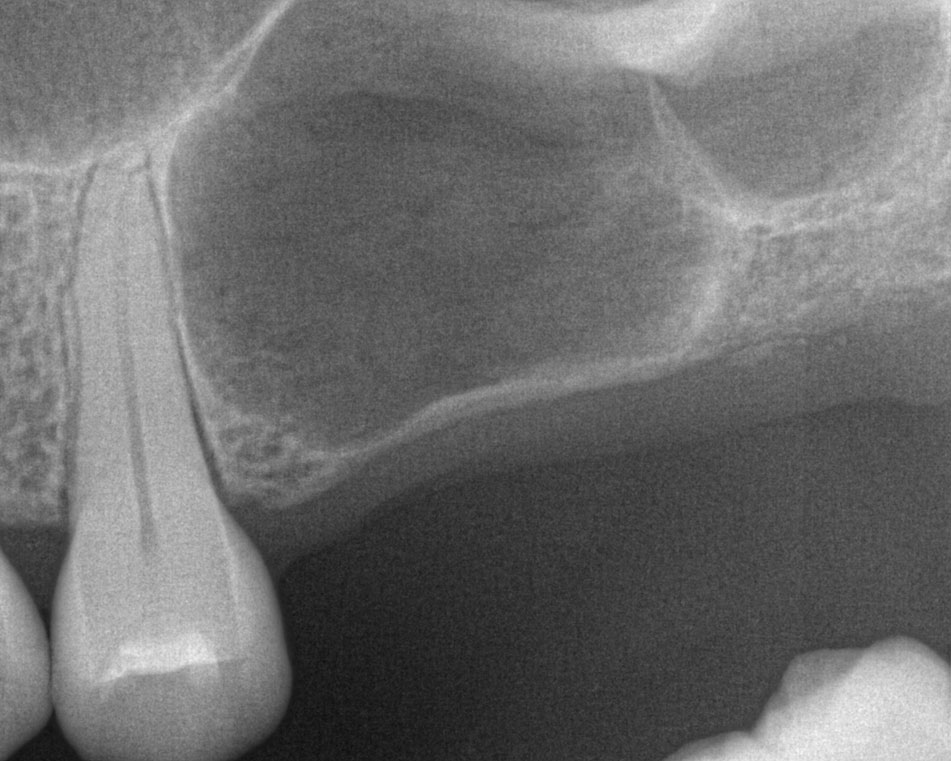
How do I know I need a sinus lift?
If you have lost an upper tooth and it has not been immediately replaced with a dental implant, supporting bone height and volume will always be lost over time.
A standard dental x-ray will give some idea of how much bone height remains. If it is less than 8mm, we recommend that we investigate to see if you would benefit from a sinus graft before dental impants can be provided.
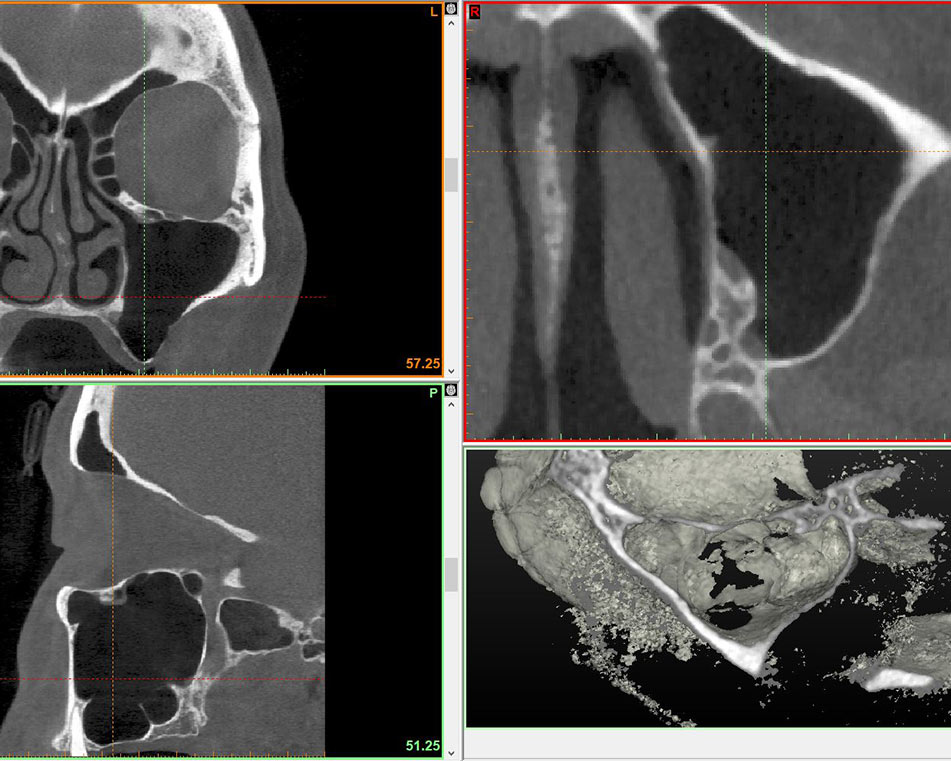
What is the sinus?
The maxillary sinus is an airspace within your upper jaw above the molar teeth. It is continuous with your nasal cavity and other sinuses (frontal and ethmoid).
It is lined with a very thin membrane that can swell or become inflamed if there is infection or disease.
If you have sinus problems, we work closely with ENT colleagues to ensure that your sinuses are healthy before carryng out a sinus graft.
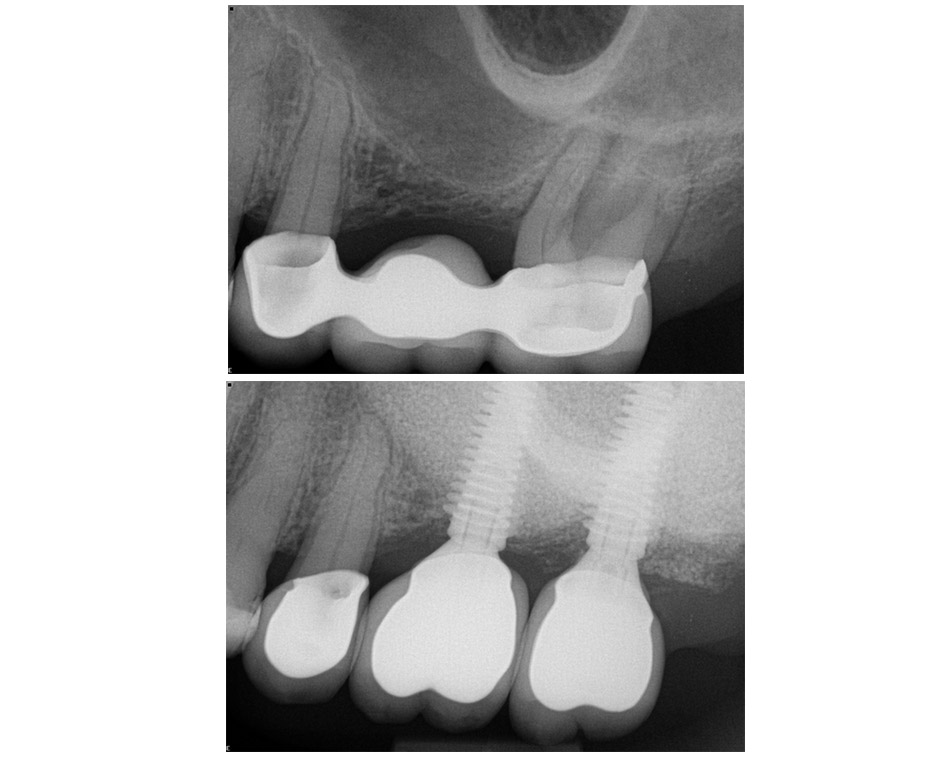
What does sinus grafting involve?
Sinus grafting is a localised surgical procedure carried out from inside the mouth in the region above where your missing back teeth used to be.
A small window is made in the wall of the sinus under the gum at the lower base of your cheekbone and the thin lining membrane elevated.
A proprietary grafting material scaffold that maintains long term volume is placed under this membrane that allows your own bone to grow through it over time and become part of your skeleton.
This can take 6-12 months to mature depending on the volume of the sinus and the amount of graft material used.
Implants can then be placed into the new volume of regenerated bone.
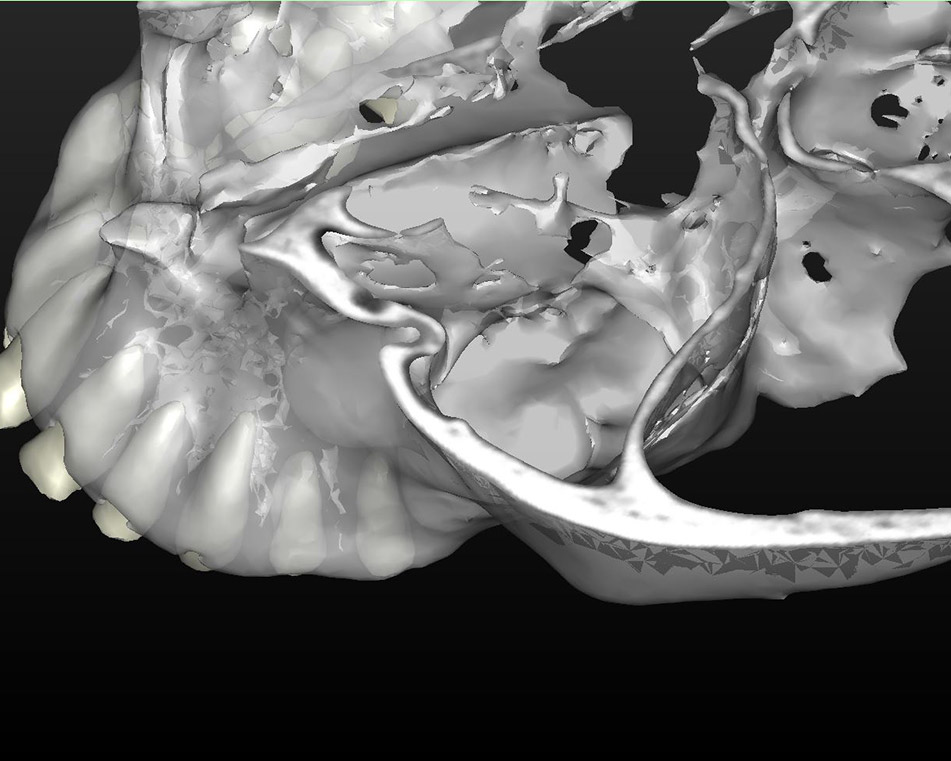
Why do I need a CBCT scan before a sinus graft?
The internal shape of the sinus can be complicated. It is important to be able to envisage the sinus in three dimensions to be able to plan the ideal approach.
We must also ensure that the inside of the sinus is healthy before a sinus graft and be able to diagnose any problems before we start.
We can only see this clearly on a Cone Beam Computerised Tomography (CBCT) scan of the area so we will arrange for one to be taken and report on our findings afterwards before we recommend the ideal approach for your case.
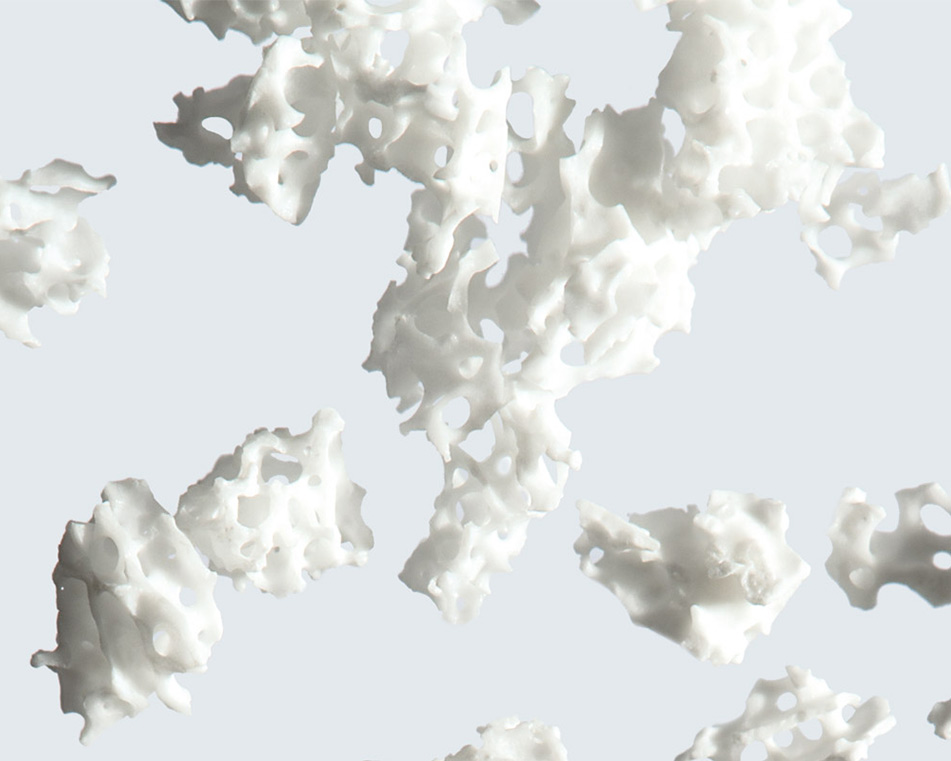
What bone and tissue grafting materials do you use?
Sinus grafting is normally carried out using proprietary processed bovine (cow-derived) bone particles and porcine (pig-derived) collagen membranes.
Synthetic substitutes are available for patients that prefer not to have animal products.
Small titanium tacks may be used to stabilise membranes into position that may be later removed or left in place.
We use clinically proven botiss biomaterials products exclusively.

